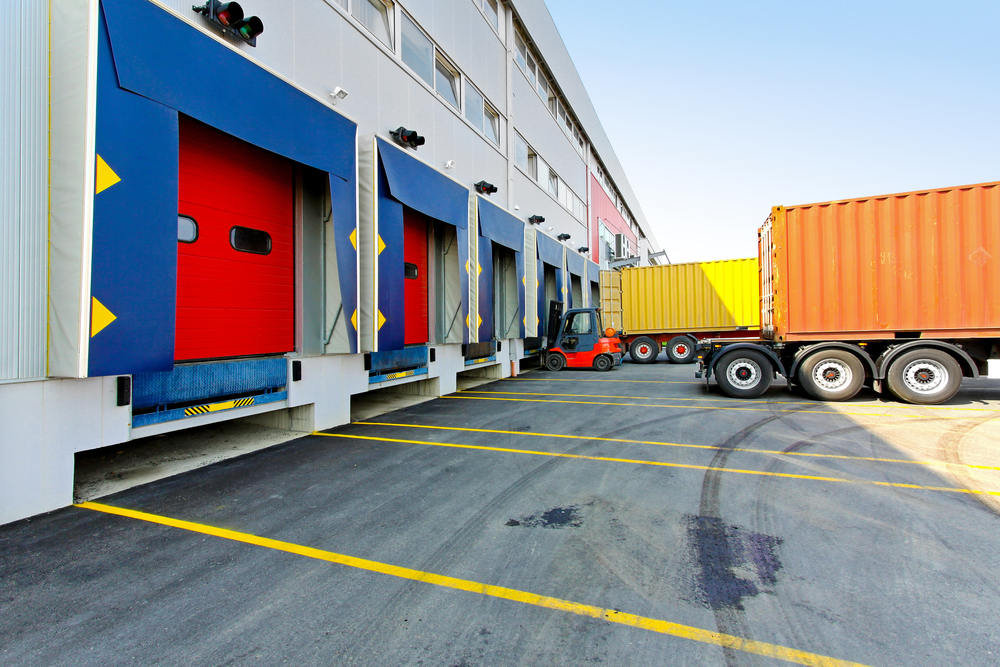REDWOOD LOGIN
Redwood PortalLTL
SCS
SCS Support
Rockfarm

The American Trucking Association (ATA) reports that nearly 70% of the freight moved in the country each year is carried by trucks. Additionally, freight trucking average annual gross revenue surpasses $700 billion each year.
Although these figures may appear promising at first, there are some hidden, and disturbing details. The trucking industry in the U.S. spends around $16 billion every year on driving from unloading points to the next pick-up point. This is what has become known as deadhead miles.
These deadhead miles translate to nearly 15% of the industry’s overall operational costs. As you can see, there is a real need for better productivity and more cost-efficient solutions.
A study conducted by Frost & Sullivan estimates that mobile applications for trucking will help generate $35.4 billion in revenue by 2025. According to their report, these apps will result in a host of efficient operational changes.
Smaller fleets will be able to implement higher utilization of their assets with the help of on-demand freight apps. Meanwhile, shippers will benefit from lower operational costs with a decrease in brokerage fees. Furthermore, mobile applications may also be able to reduce gas emissions by reducing a company’s number of deadhead miles.
Investors are taking note of this inevitable change and they are starting to invest in freight-related apps. And it is no small investment either; we are talking somewhere in the millions.
Due to this push for better dynamic routing capabilities, many startups are working diligently to design digital tools and apps that could match empty trucks with available loads at a competitive rate. We call this form of dynamic routing software, "uberization".
This disruption within the freight industry really started booming when Uber revealed their “Uber Freight” app.
This free application is the logical extension and the freight industry’s version of the company’s ground-breaking peer-to-peer ridesharing service. However, instead of matching individuals for rides in empty cars, the app matches an empty truck with available freight.
With features like “instant booking” and “set price”, apps like Uber Freight are changing the game. Now, shippers and drivers have a way to optimize their routes while also filling trucks to capacity. This is extremely beneficial for drivers who want to pick up a few extra loads while they are already out on the road.
Early predictions about the recent surge in these mobile apps do not look very stable. It is estimated that only about 30 of the hundreds of apps currently available will be able to survive through the year 2020. With many more of these ‘uberization’ apps in production, it seems that there is a need for it, but only a few will stand the test of time.
Another major change expected to hit the trucking industry is the shift from a product-based to a service-based operation. The recent ‘uberization’ of the industry has already given companies a hint of this possible transition. Unique challenges within the urban setting will require new types of trucks and enhanced logistics that aid drivers with dynamic routing efforts.
Many freight brokers are embracing this new technology to reach a new level of modernity with their companies. In addition to dynamic routing, this increase in technology is allowing brokers to digitize documents and organize their fleets.
With more companies embracing these technologies, the freight brokerage industry is estimated to be controlled mostly by web-based applications within the next decade. The value of the market is also expected to increase by $50 billion during this time.
The increased efficiency and dynamic routing capabilities derived from these apps will vary in significance and implementation from user to user within the industry. Freight brokers will utilize these apps to gain access to a larger network of potential shippers and carriers. However, carriers will most likely only embrace the apps that increase their access to loads and allow for quicker payments.
The ‘uberization’ of the trucking industry seems to be ushering in a new sharing economy model.
In a direct parallel with the advent of ride-sharing platforms, web-based applications will help logistics providers and trucking companies increase their dynamic routing and decrease their number of deadhead miles. This increase in technology will also result in an enhanced and more detailed overview of the entire shipping process. While many companies within the industry have started utilizing these apps, some may not be ready to make the transition.
However, if you want to make that transition, but you feel better working with a 3PL, reach out to us! Redwood Logistics can help you start uberizing your shipping efforts today!